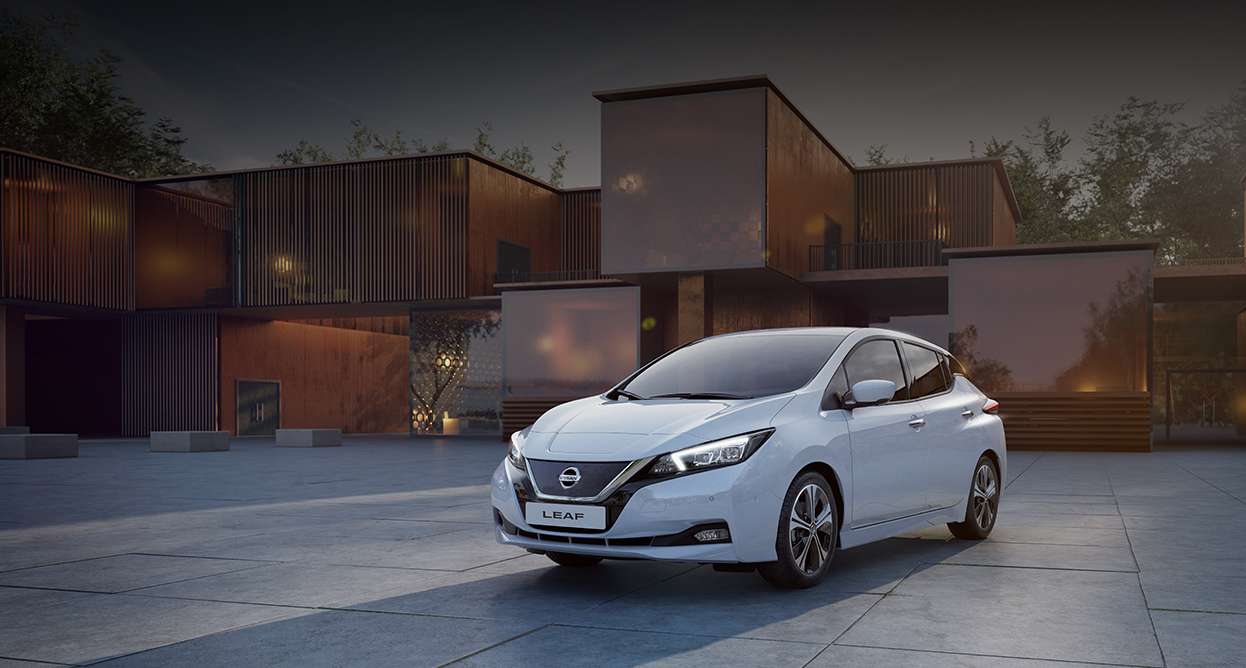If there is one vehicle that has made a place for itself in the electric car market, it is the Nissan Leaf. In order to guide you in the choice of an electric vehicle, we decided to present you and to give you our opinion on the Nissan Leaf electric of last generation. In this Nissan Leaf review we will describe all the technical characteristics of the vehicle that made its success. We will also retrace its history from its very beginning in 2010.
The new design of the Nissan Leaf 2018
This new Nissan Leaf range has been completely revisited by the group. Much more attractive, this new Leaf seduces much more than the previous version. Yes the first generation did not shine by its very disconcerting design.
Only its characteristics could make the difference with its competition which was still for the moment almost non-existent. In 2018, this is no longer the case! And Nissan has understood that the new Leaf must also please on the physical level.
A much more elaborate interior than in the past
The seductive and very well worked interior of this Nissan Leaf electric really distinguishes itself from the previous generation, which was too “Japanese”. Very flattering too, a particular care has been brought by Nissan to the interior design. In its top-of-the-range version, the equipment is complete, and a very nice leather upholstery is added.

The new Nissan Leaf has a strong case
This new generation is available in two battery configurations. One of 40 kWh and the other of 62 kWh which offers up to 385 km of autonomy in WLTP* cycle. This 62 kWh version was added during the summer of 2019 to the 40 kWh version that has equipped the vehicle since 2018.
We are talking about a 100% electric vehicle, which has an engine power of 217 hp in its top-of-the-range version and offers a maximum speed of 157 km/h. These performances are well above the majority of the thermal vehicles present on the French car park.


Its futuristic features
In particular, it will be the first model in Nissan’s lineup to feature ProPilot, a driver assistance system that will allow the car to automatically stay in its lane.
The ProPilot Park feature will also allow the Leaf to park itself. In France, ProPilot is available from the N-Connecta trim level upwards, while ProPilot Park is optional for all trim levels.


ePedal: braking and acceleration with one foot
The ePedal system simply makes driving even easier. The vehicle will adapt its speed according to the pressure on the accelerator pedal. This seems to be a normal operation, but no, the vehicle will brake as soon as the pedal is released until the vehicle stops.
According to Nissan, the ePedal will be able to adapt to 90% of situations to allow driving with the accelerator pedal alone.
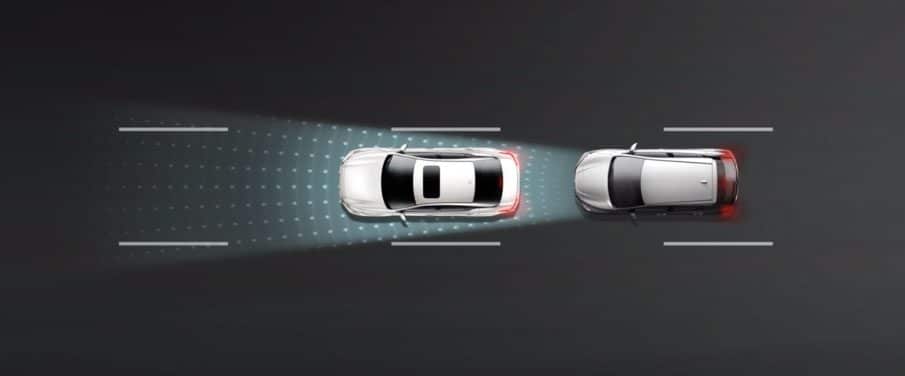
Nissan Leaf : its technical characteristics
Motorization
Nissan bets on two new engines to equip its new Nissan Leaf electric. These engines deploy power that have nothing to envy to most of the thermal vehicles in the fleet. From 150 hp or 41 hp more than the previous version to 217 hp for the most powerful.


Battery
As for the autonomy, the Leaf allows a maximum autonomy of 528 km WLTP with the 62 kWh battery… This autonomy is very important if you use this vehicle mainly in the city, where the numerous braking will allow to recharge the battery.

Equipment by finish
Visia
Adaptive cruise control, 16 inch alloy wheels, heat pump, automatic folding mirrors, RDS audio system.

Acenta
Adaptive Cruise Control, 16-inch alloy wheels, front/rear parking radar, grille-mounted fog lights, heat pump, automatic folding mirrors, Nissan Connect navigation with 7-inch screen, rearview camera, RDS audio system, Apple Car Play and Android Auto.
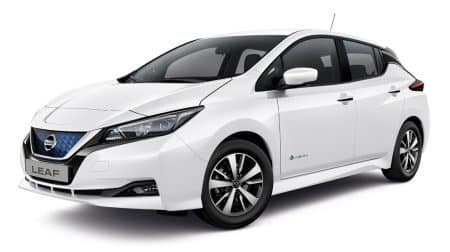
N-Connecta
Pro-Pilot, 17″ alloy wheels, over-tinted rear side windows and rear window, heated leather-woven steering wheel and front/rear seat, AVM.

Tekna
Pro-Pilot, leather upholstery with alcantara inserts, LED headlights, Bose audio system with 7 speakers.
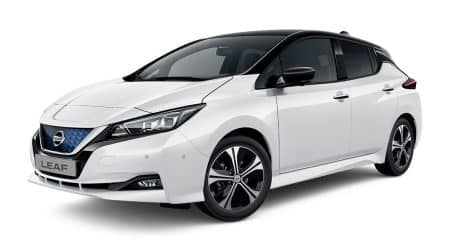
The Nissan Leaf recharge side
Concerning the charging cables, we find 4 different types that are compatible with this electric car. The cables are made of two connectors. The Nissan Leaf electric has two connectors. A connector of Type 1 and another of type 4 (Chamedo) allowing a fast charge.
In order to be ready to recharge your Nissan Leaf range almost everywhere, we thus advise you to have a cable of type 1 towards Type 2 in any circumstance. We also advise you to buy a domestic cable, which will allow you to recharge your Nissan Leaf electric everywhere.
In our opinion, for your New Nissan Leaf, it is not absolutely necessary to have a cable of type 1 towards Type 3. This standard being gradually replaced by the type 2.

Recharge time
Recharging time varies depending on many key points. The type of electrical grid, the type of charger used and most importantly the type of battery the vehicle is equipped with.
For example, recharging on a simple household outlet will take much longer than recharging on an adapted charger. This recharge will take even longer if you have opted for the biggest and most powerful battery of the Leaf.
Nissan informs us that the charging time of the new Leaf would be increased to 60 minutes to make the battery go from 20% to 80% on a fast charging station. This type of use is totally possible in a gas station during a displacement requiring a bigger range than the autonomy of the electric car.


Practical tip
As with the Renault Zoe and all other electric vehicles, the charging time is faster from the beginning of the charge until around 80% of the charge. It is therefore recommended to partially recharge the batteries and more often, as this will save you time.
How to benefit from the best charging network in France and in Europe ?
Finding a recharging station nearby can seem tedious. But in the end nothing could be easier! A French start-up has set up for several years already, a system of localization of the terminals on all the European territory.
Chargemap, is one of the big actors of the electric. Their website and/or application informs you about the location but also about the type of recharge possible and the state of the equipment. A big plus for the big electric drivers.
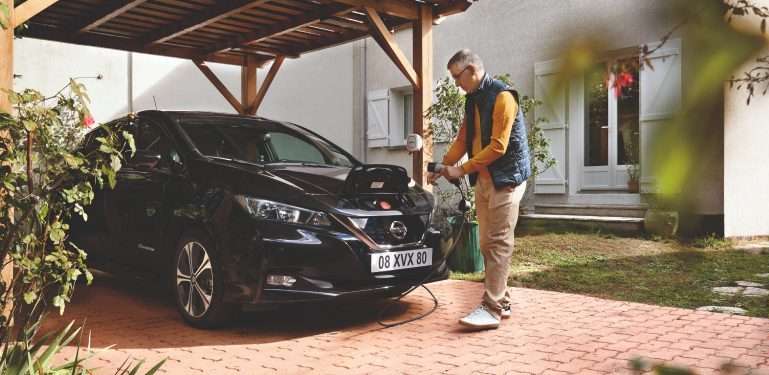
Price of the Nissan Leaf
The Leaf is available in 6 different trims. The Visia, Acenta, Business, 10th Anniversary, N-Connecta and Tekna. You will find below, the price of each of them, without ecological bonus.
New or used ?
Buying new will allow you to benefit from the ecological bonus in force while the second hand will allow you to benefit from very attractive prices with low mileage.
Indeed, the Nissan Leaf range is already well present on the second hand market and the offers for the few kilometers are very interesting. New generation Leafs for less than 20,000 euros are possible. So why not?

Why buy the Nissan Leaf ?
This car was designed to respond to an environmental problem. Avant gardiste above all! Nissan as well as Renault have democratized the electric vehicle in France.
Nissan has always had for optics to create an electric vehicle. This is not the case of many large competing groups that have only taken advantage of the electric market to adapt their fleet to this new technology.
Its history
In 2009, the Franco-Japanese group, Renault-Nissan, set out to dominate the zero CO2 emission car sector. Its objective is simple, to position itself forcefully on the electric car market, which at that time is almost non-existent in France and even in the world.
Their mission is not the easiest one, to make the whole world think that it is possible to travel many kilometers on board a zero emission vehicle. But also to consider dropping the thermal vehicles to polluting and allow users to circulate clean.
2009 : Nissan Electric Prototype EV-11
Their first electric car project was named Nissan Electric Prototype in Yokohama. The first stone in the edifice demonstrating the benefits for our environment of driving 100% electric.


2010 : First generation Nissan Leaf
The first Leaf is marketed in 2010. Its name comes from the English “Leading, Environmentally friendly, Affordable, Family”. A very well chosen name in our opinion for this Nissan Leaf range first of the name.
This first version can only be purchased in full. There is no rental program for the battery. It offers a range of at least 160 km and can reach 140 km/h. Its atypical exterior design with its very modern interior enthuses and propels in our opinion this first Nissan Leaf electric as a reference of the sector.


2013 : Second generation Nissan Leaf
This update offers many improvements for this electric car. According to Nissan, there are no less than 200 modifications that differentiate it from its first version.
In reality, inside and outside, only a well-informed user will know the difference. The main thing is therefore more in the functionalities and performances.
And our opinion concerning the update of this Nissan leaf is very positive. Intelligent key, hill start assist, as well as the increase of the autonomy allowing to cover nearly 200 km make it more efficient.
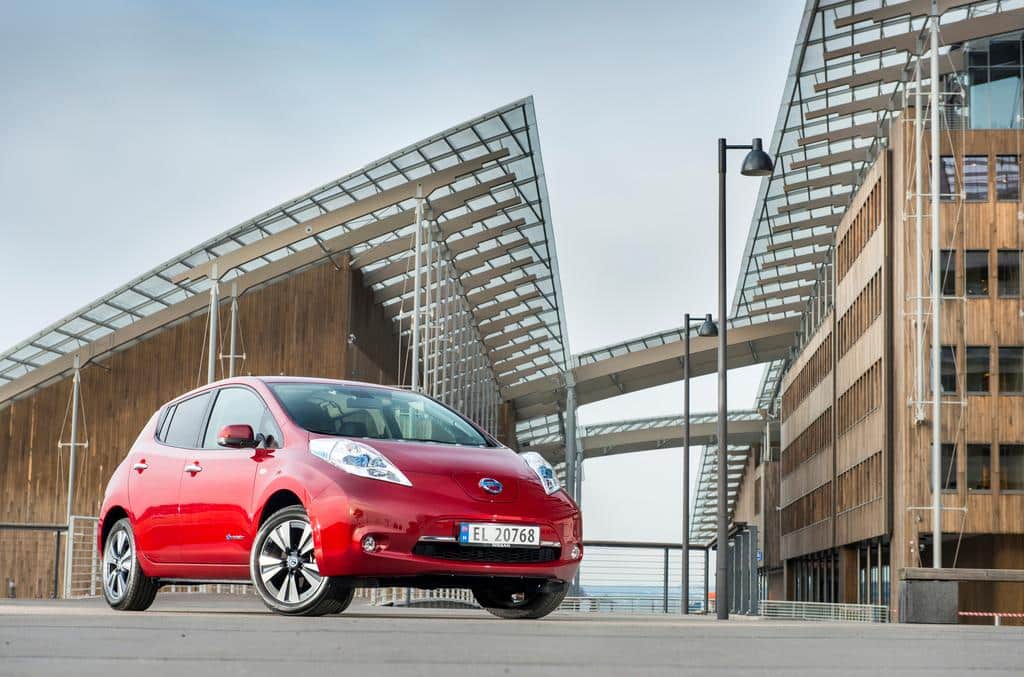
2016 : Third generation Nissan Leaf
This new version is just a small update. The previous version dates back to 2013, so it was necessary to make some improvements in order to keep the interest of customers for this model. Thus, it will now be possible with this new model of Nissan’s flagship electric car to travel 250 km.
Once again, from an exterior and even interior point of view, it’s hard to tell the difference with the Nissan Leaf Phase 2. Our opinion about this new Nissan Leaf range, it is only for new customers, not for those who already have the previous model waiting for something new.

Our opinion on the Nissan Leaf electric
Thanks to its exterior design, we have an electric car that is much closer to current standards. Its interior design gives us the same impression. We are in a new and modern vehicle, and it is a success.
Its growing autonomy also allows more uses. However, a larger battery requires a longer charging time for the Nissan Leaf electric as well. It seems to become more and more essential to have a charging device at home for this type of vehicle.
Waiting about twenty hours for a charge on a classic plug only allows the use of this electric car as a second vehicle. In our opinion, charging in about eight hours is an acceptable limit for this Nissan Leaf range as for the others and will certainly become a standard in this sector.
Another point that will perhaps become a generalized option for electric cars, the e-Pedal. It becomes almost unnecessary to use the brake pedal. It remains to be seen whether its use is of real interest in everyday life. If so, it won’t be long before other manufacturers introduce it as well.

To conclude
If you are looking for an electric car that is a city car but has a bigger interior than a Zoe, it seems that this Nissan Leaf is the one you should look at. It is now the best selling electric vehicle in this segment, and this for many good reasons that we have mentioned in this Nissan Leaf review.
The Renault/Nissan association seems to be well established. Renault offers a small and affordable electric car, Nissan offers a larger but more expensive vehicle. Thus, neither brand cannibalizes the market of its neighbor!
